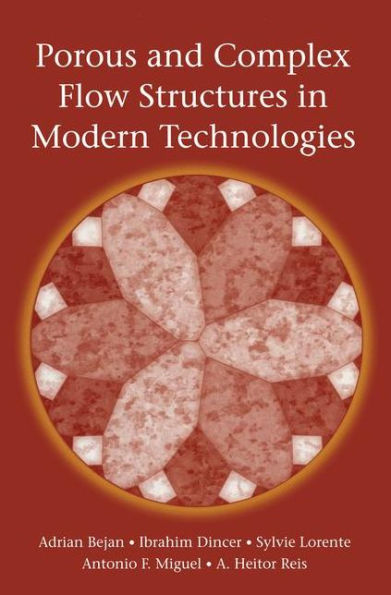5
1
9780387202259



Porous and Complex Flow Structures in Modern Technologies / Edition 1 available in Hardcover, Paperback

Porous and Complex Flow Structures in Modern Technologies / Edition 1
- ISBN-10:
- 0387202250
- ISBN-13:
- 9780387202259
- Pub. Date:
- 04/29/2004
- Publisher:
- Springer New York
- ISBN-10:
- 0387202250
- ISBN-13:
- 9780387202259
- Pub. Date:
- 04/29/2004
- Publisher:
- Springer New York

Porous and Complex Flow Structures in Modern Technologies / Edition 1
$169.99
Current price is , Original price is $169.99. You
169.99
In Stock

Product Details
| ISBN-13: | 9780387202259 |
|---|---|
| Publisher: | Springer New York |
| Publication date: | 04/29/2004 |
| Edition description: | 2004 |
| Pages: | 396 |
| Product dimensions: | 6.10(w) x 9.25(h) x 0.04(d) |
From the B&N Reads Blog
